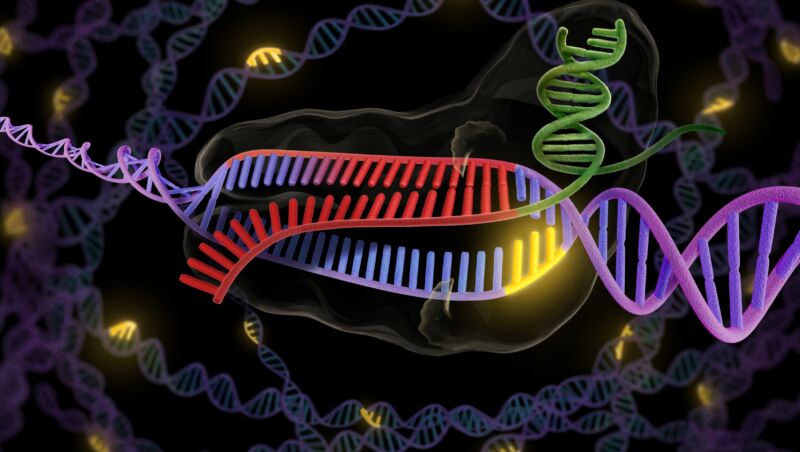First clinical trial of gene editing to help target cancer

Enlarge / The process of repairing the damage cause by CRISPR can cause complicated DNA rearrangements. (credit: Lawrence Berkeley Lab)
The ability to edit genes has raised the prospect of treating genetic conditions and arming the body to better handle infectious diseases and cancers. But for that potential to be realized, we need to deal with a variety of safety issues and work out the ethics of when the technology is appropriate to use.
Today, scientists are releasing the results of a clinical trial designed to test the safety of gene editing as a way of fighting cancer. The results are promising, in that a version of the CRISPR gene-editing system that's already a few years out of date appears to be safe when used to direct immune cells to attack cancer. But the cancers that it was meant to treat simply evolved ways of slipping past immune surveillance.
Editing genes to fight cancerWhile there have been a number of gene-editing systems developed, CRISPR/CAS9 is currently the most flexible and efficient. It creates cuts in specific DNA sequences, directed to the sequence by a short piece of RNA. The normal cellular process of repairing these cuts often results in small deletions, which can knock out any genes affected. Alternately, if a replacement sequence is made available, the repair can incorporate the replacement, thus altering the targeted sequence. Either of these, however, can sometimes cause problems by cutting at related sequences or when the repair process accidentally creates large rearrangements.
Read 16 remaining paragraphs | Comments